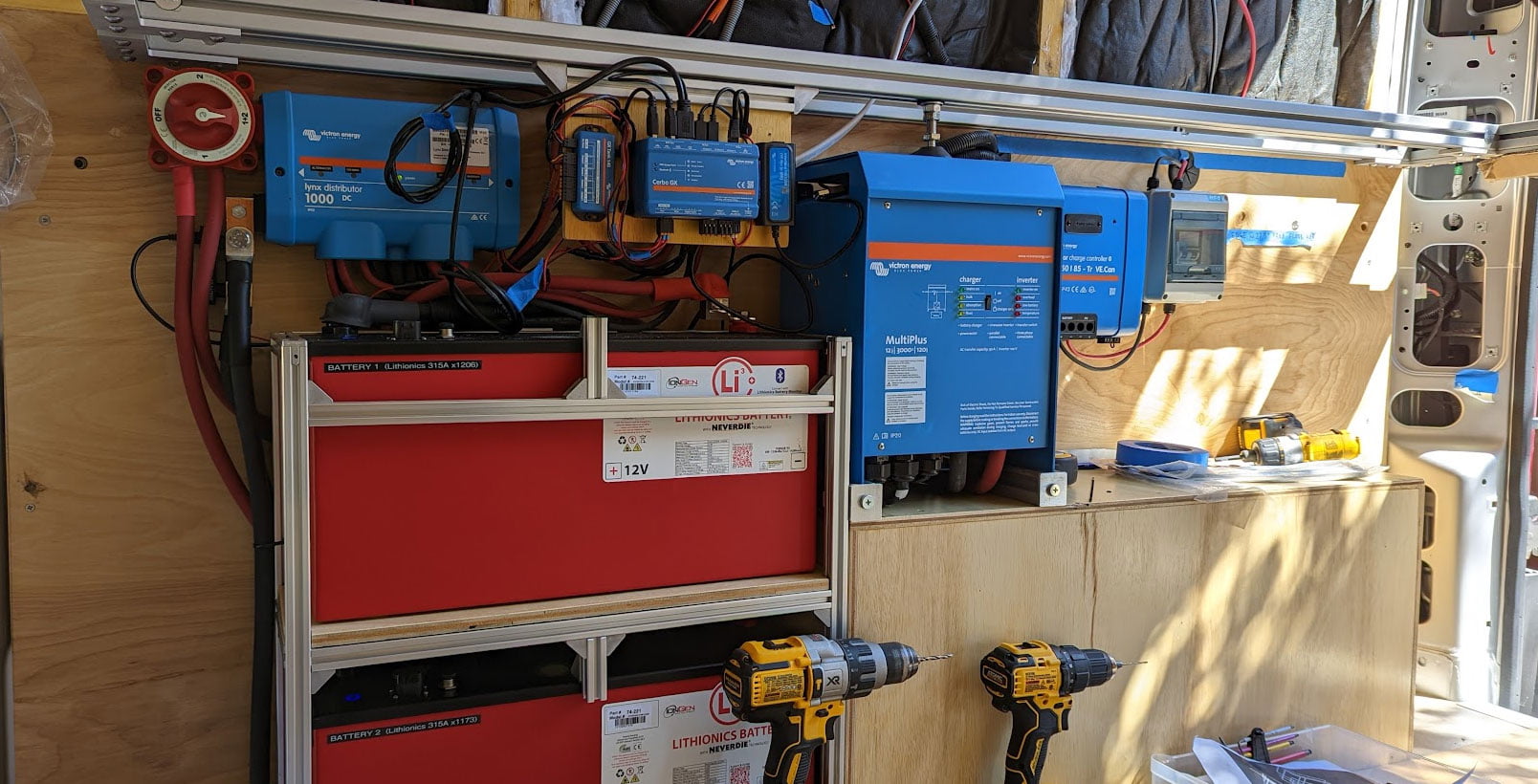Bigc3031
Active member
I've been pouring over the forum and vendor web pages and I am having a hard time figuring out what I need. Would any of you be willing to share your experience and advise me a 12v buildout?
I have an F350 on the way and will be installing an AT Overland Atlas for the cap. The truck will have the dual battery/dual alternator system however I want my truck bed/living quarters powered completely independant to the truck. The cap will have a 170watt solar panel.
What will I need to power:
National Luna 60L fridge/freezer
Maxair fan in topper
Truma heater
BPAP machine
interior and exterior led lighting for camp
charging phones/tablets
I just ordered a sunfunkits 300AH LifePo4 battery for the system.
I would like to charge from solar, the trucks alternator and shore power.
I don't think I need an invertor at this time.
Light dimming is nice but not a must have.
A switch panel/touch screen would be ideal.
12v, USB and anderson plugs can be placed in the topper or in self built cabinetry.
For camping use I will be offgrid for up to a week however I use the truck daily and the fridge will be in constant use aside from the winter.
I want a quality system and have looked at victron and red arc but frankly I am just lost.
Thank you in advance for your help!
I have an F350 on the way and will be installing an AT Overland Atlas for the cap. The truck will have the dual battery/dual alternator system however I want my truck bed/living quarters powered completely independant to the truck. The cap will have a 170watt solar panel.
What will I need to power:
National Luna 60L fridge/freezer
Maxair fan in topper
Truma heater
BPAP machine
interior and exterior led lighting for camp
charging phones/tablets
I just ordered a sunfunkits 300AH LifePo4 battery for the system.
I would like to charge from solar, the trucks alternator and shore power.
I don't think I need an invertor at this time.
Light dimming is nice but not a must have.
A switch panel/touch screen would be ideal.
12v, USB and anderson plugs can be placed in the topper or in self built cabinetry.
For camping use I will be offgrid for up to a week however I use the truck daily and the fridge will be in constant use aside from the winter.
I want a quality system and have looked at victron and red arc but frankly I am just lost.
Thank you in advance for your help!











